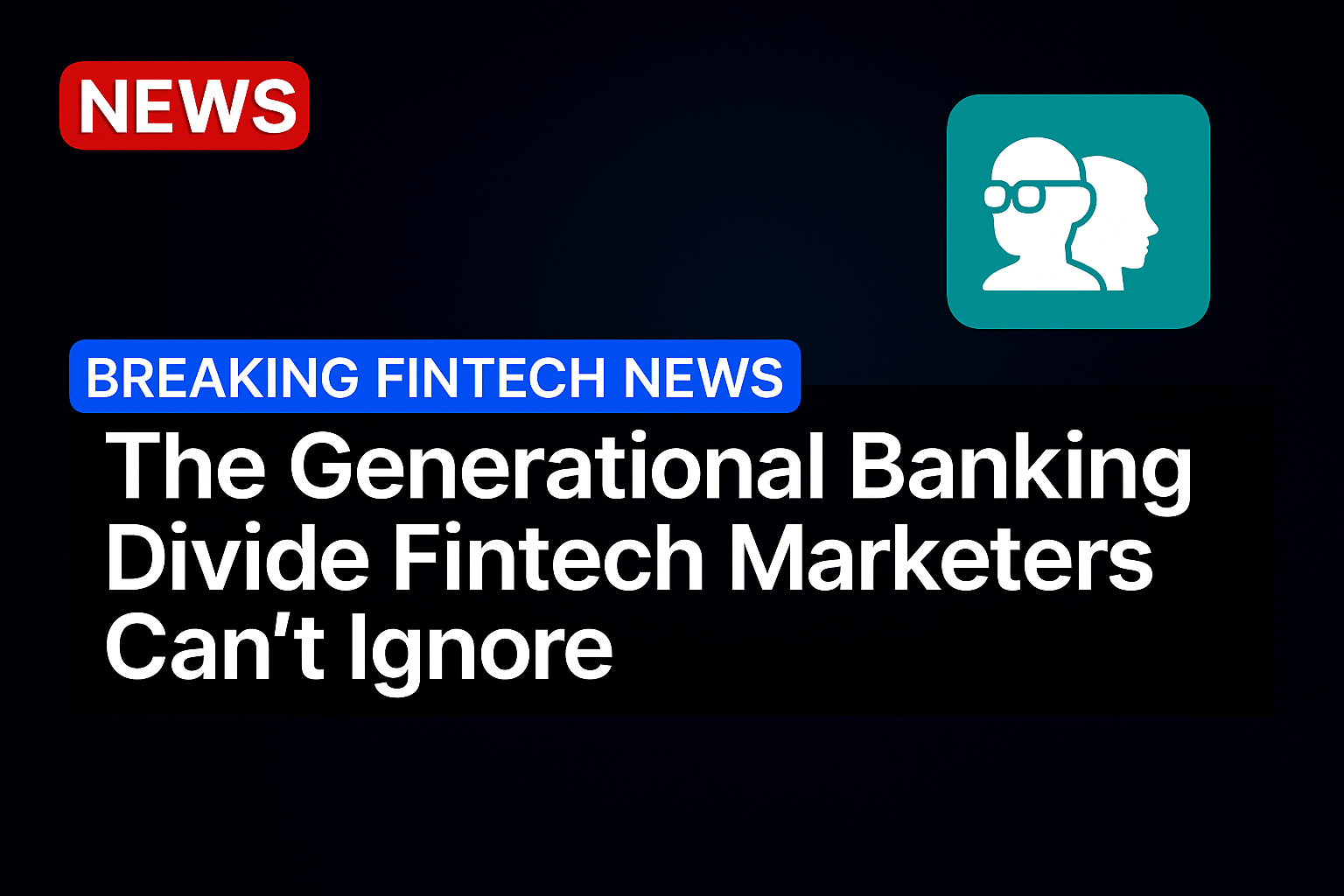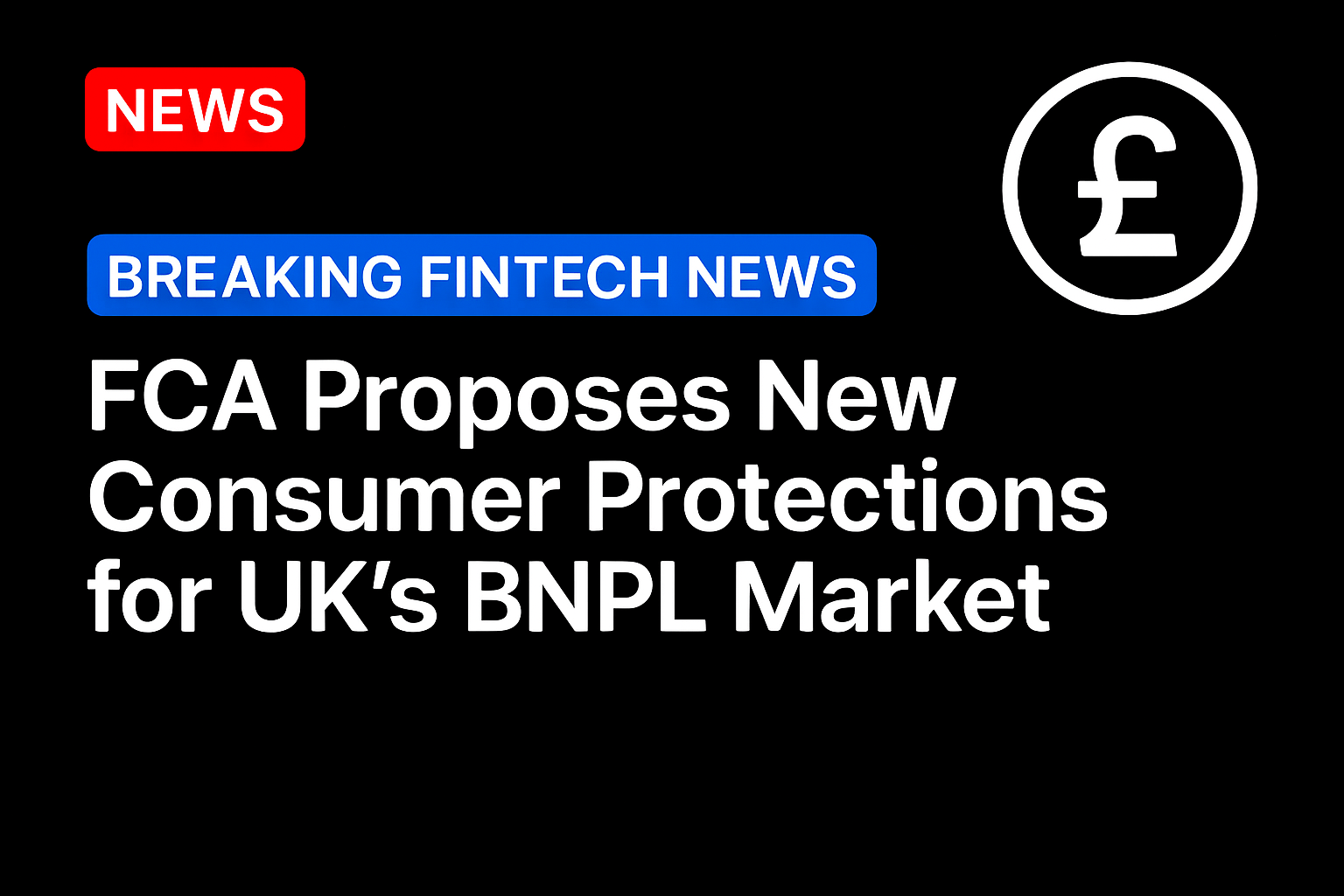Over the course of my career I’ve seen digital banking transform financial services. It’s been thrilling to witness, and helping the fintechs leading this revolution is what drives me.
And it’s a revolution that continues as younger generations become digital bankers – because what’s clear is that one size definitely does not fit all when it comes to generational preferences.
It’s a common misconception that Millennials and Gen Z are very similar, but that’s certainly not the case when it comes to how they approach their finances, and these differences create both opportunities and challenges for fintechs.
A recent UK study found that 66 per cent of consumers are open to switching to fully digital banks, with Gen Z leading the shift. While Millennials embraced fintech early on, they still rely on traditional institutions for mortgages, pensions, and financial security. Gen Z, on the other hand, is built for digital-first banking, favouring speed, flexibility and innovation.
For marketers in the fintech space, I strongly believe that understanding these distinct mindsets is essential.
Millennials are looking for stability in the digital age
Between 1981 and 1996, (when millennials were born), I remember the economic turbulence the world was experiencing, and the UK was no exception. From the 1981 recession to Black Wednesday in 1992, millennials spent their formative years entrenched in uncertainly. Little wonder that the 2008 financial crisis redefined how many of them approached money.
Unlike previous generations, they had to rethink traditional financial strategies, prioritising long-term security, and this has created a generation that does embrace digital finance, but won’t gamble with financial stability.
Today, millennials aren’t just passive users of fintech; they are intentional, informed and pragmatic investors. They shy away from get-rich-quick schemes and high-risk investments, instead leaning toward assets like pensions and property that promise long-term growth. Their financial mindset is shaped by caution, but that doesn’t mean they aren’t savvy. If anything, their approach reflects a deep understanding of economic realities.
Here’s how millennials engage with banking and fintech:
- Millennials don’t just swipe their credit cards without thought. They leverage cashback, loyalty points, and financial perks, turning everyday transactions into financial advantages.
- They expect an easy fintech experiences but still value expert-led financial education through blogs, reports and advisory-driven apps. They want information they can trust, not gimmicky financial hacks.
- Trust is paramount! Fintech brands that prioritise data security, ethical financial planning and transparent advisory tools will resonate most with millennial users.
If fintechs want to capture the millennial audience, they must go beyond flashy interfaces and instant transactions. The key is building trust, promising (and delivering) security, offering genuine financial guidance, and providing tools that empower smarter decision-making. Millennials don’t just want a bank; they want a financial partner that aligns with their need for stability in an unpredictable world. Brands that recognise this will gain loyal customers.
A new generation demanding effortless finance
Gen Z (those born between 1997 and 2012) may not be far from millennials in years, but they’re a whole new ball game when it comes to their outlook. They have grown up in a world where digital services are instant, accessible, and personal. Traditional banking feels old-fashioned to this generation, who expect finance to function almost like a social media feed – fast and tailored for them.
The defining traits of Gen Z’s financial approach are:
- Traditional credit models are losing ground as Gen Z embraces buy now, pay later (BNPL) for short-term flexibility without interest-heavy debt.
- From cryptocurrency to fractional investing, Gen Z isn’t afraid of risk – many see these assets as a chance to build wealth beyond conventional pathways.
- Instead of banks or formal advisors, financial influencers and peer-driven insights shape gen Z’s money mindset.
Gen Z’s financial habits represent a fundamental shift in expectations. Financial apps and services must go beyond transactional efficiency to offer dynamic, engaging and even gamified experiences. Be warned: if fintech brands fail to keep up, gen Z will just move on!
Bridging the generational gap
I talk to a lot of fintech marketers, and they often see themselves as removed from the process of making the kind of changes needed to address generational expectations. After all, they don’t build the platforms or control UX design.
However, I strongly believe that a fintech’s marketing team is key to shaping how users experience fintech products. And because Millennials and Gen Z approach financial products so differently, marketers must craft campaigns that optimise conversion funnels and ensure retention strategies align with user needs.
Here’s where I would start:
- Think about how AI-powered marketing can enable dynamic content customisation, ensuring Millennials see messaging around financial security while Gen Z receives campaigns emphasising speed and flexibility. Marketers can leverage targeted email sequences, in-app messaging, and predictive analytics to refine engagement.
- Develop a platform-specific strategy. Remember that Gen Z gets financial insights from TikTok, Instagram, and influencers, while Millennials prefer blogs, LinkedIn, and expert-led discussions. So, tailor content formats, using short-form video and social engagement for Gen Z, in-depth reports and webinars for Millennials.
- Align trust-building tactics with each generation’s credibility preferences. For Gen Z, influencer-led campaigns with peer validation work best. For Millennials, use professional endorsements, case studies, and well-researched content strengthens trust.
- Although marketers don’t control UX design, they can shape conversion strategy. Simplify the sign-up journey through clear messaging, well-placed CTAs, and onboarding content to reduce drop-off rates for all users, regardless of their age.
- Frame messaging around generational values of financial stability (a priority for Millennials) and user control and fee transparency (important to Gen Z), ensuring campaigns reinforce brand trust rather than just selling features.
Finally, remember that marketing doesn’t come to a halt after acquisition. Post-onboarding strategies – such as automated welcome sequences, rewards-based loyalty programs, and personalised financial education – will keep users engaged.
To really win over Millennials and Gen Z, it’s all about making fintech feel easy, relevant, and trustworthy. The brands that speak their language will be the ones that keep them engaged and build loyalty that lasts.
Source: https://thefintechtimes.com/





